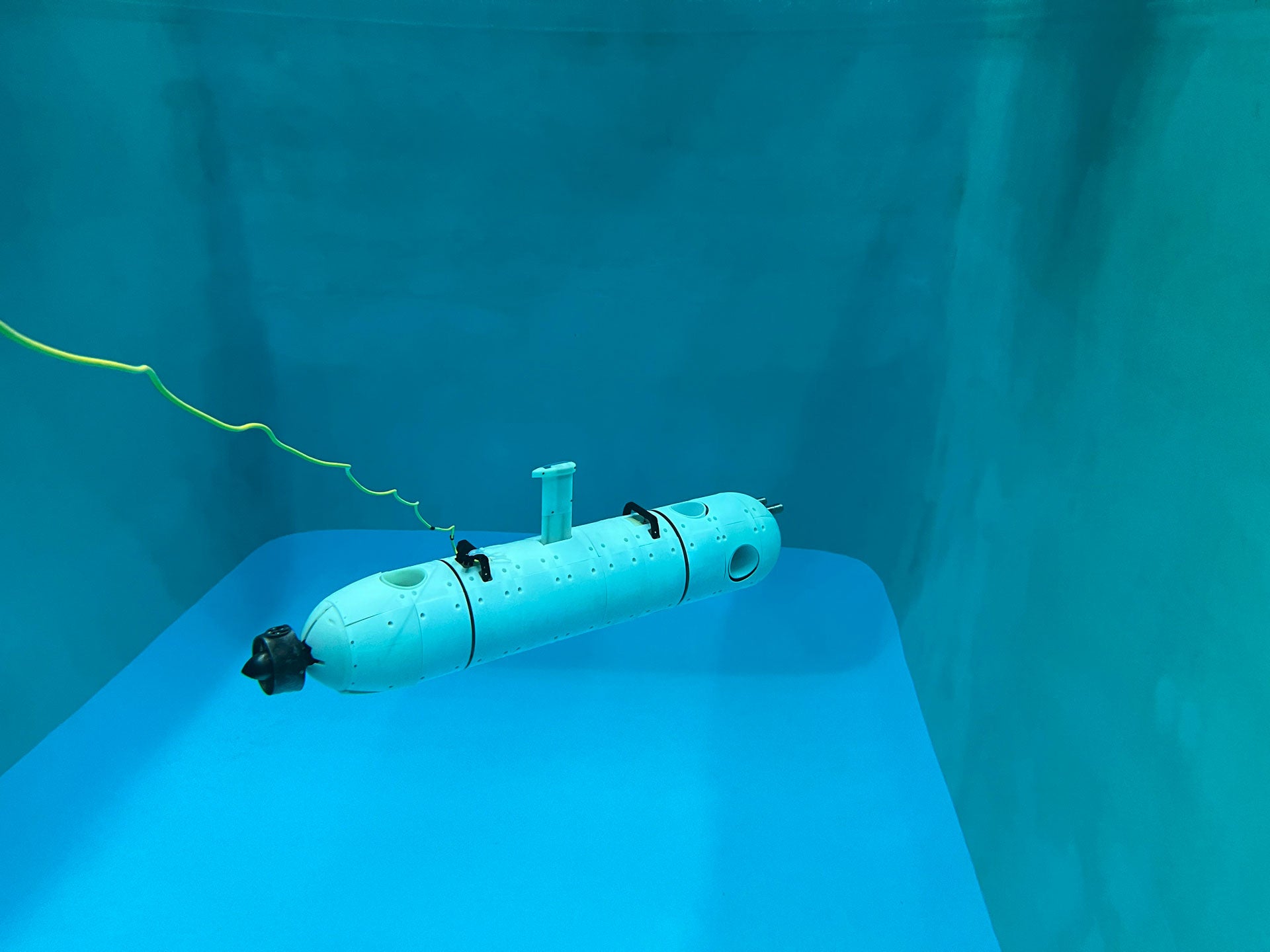PI: Mingxi Zhou
Co-PIs: Chris Roman and Zhuoyuan Song (University of Hawaii at Manoa)
Program: National Robotics Initiative (NRI) 3.0 Innovation in Integration of Robotics, NSF
Abstract: Icebergs, originating from glacier discharge and ice sheet calving, are an important factor in polar regions. During their life-span, they drift equatorward and transport freshwater, affecting local environments and large-scale ocean processes, such as the sea-level rise. Icebergs also pose a risk to marine transportation at high latitudes and can damage offshore equipment including subsea cables and pipelines. Being able to rapidly assess icebergs and the surrounding water conditions is important for answering iceberg-related science questions and risk management for offshore operations. This award supports the development of the Robotic Iceberg Sentinel (RISE) system for obtaining accurate in-situ measurements of icebergs’ shapes and their surrounding water conditions. A comprehensive iceberg mapping data set will be created for validating iceberg drift and deterioration models, and improving empirical iceberg geometrical models. The result will advance our understanding of iceberg impacts on local and global environments.
To achieve this end goal, the project will advance the foundation of marine robotics in underwater localization, coverage-based path planning and inter-robot collaboration. First, iceberg-referenced localization algorithms will be developed to localize underwater assets, i.e., the autonomous underwater vehicle (AUV) and drifting floats, relative to the translating and rotating iceberg. This will advance the state of the art of robot localization in non-inertial frames. Furthermore, an online coverage-based path planning system will be developed to guide an AUV to form a complete volumetric scan of the underwater portion of the iceberg by circumnavigating the iceberg at different depths. The proposed system will feature a new inverse-sonar model to better represent the environment and a new information-based utility function to balance exploration and exploitation objectives. Finally, new path planning strategies accounting for communication and operational constraints will be developed to advance the field of inter-robot collaboration. One path planner will dynamically adjust the path of an autonomous surface vehicle (ASV) online to provide reliable communication support to an AUV, while another planner determines the optimal deployment occurrences and locations to maximize the sensing coverage of a fleet of drifting floats in uncertain ocean currents. This project will broaden the participation of under-served groups through participation in the Summer Undergraduate Research Fellowship in Oceanography (SURFO) program at URI and the Native Hawaiian Science & Engineering Mentorship Program (NHSEMP) at UHM, and a new summer workshop for students from a local high school with high minority-enrollment. In collaboration with the Rhode Island School of Design (RISD), this project will produce new visual and experiential digital products to describe the critical nature of icebergs and their impacts to the environment.
Relevant Publications
Zhou, M., Bachmayer, R., & deYoung, B. (2019). Mapping the underside of an iceberg with a modified underwater glider. Journal of Field Robotics, 36, 1102 – 1117.
Zhou, M., Bachmayer, R., & deYoung, B. (2021). Surveying a Floating Iceberg With the USV SEADRAGON. Frontiers in Marine Science.

